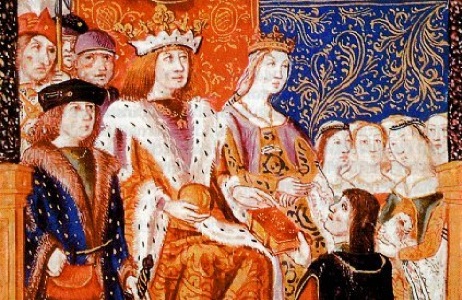- Read offline
- Access all content
- Use the in-app Map to find sites, and add custom locations (your hotel...)
- Build a list of your own favourites
- Search the contents with full-text search functionality
- ... and more!
Language
Pronoucing Castellano and Català

Castellano, or Castilian, as Spanish is properly called, was the first modern language to have a grammar written for it. When a copy was presented to Queen Isabel in 1492, she understandably asked what it was for. ‘Your Majesty,’ replied a perceptive bishop, ‘language is the perfect instrument of empire.’
It’s relatively easy to pick up a working knowledge of Castilian; but Spaniards speak colloquially and fast. Expressing yourself may prove a little easier than understanding the replies. If you already fluent, note that the Spaniards increasingly use the familiar tú instead of usted when they are addressing even complete strangers, so don't be offended by what may be seen as a lack of respect.
Everyone in Barcelona speaks Castilian, but increasingly they prefer to express themselves in Català, or Catalan, a language closely related to the Provençal or Occitan of southern France. Although Barcelona is officially bilingual, you’ll find street and shop signs, and even museum descriptions exclusively in Catalan. You’ll be able to decipher many of the signs if you can read French or Spanish — but just try to understand spoken Català, at least until you get the hang of the pronunciation.
Image by PD Art

